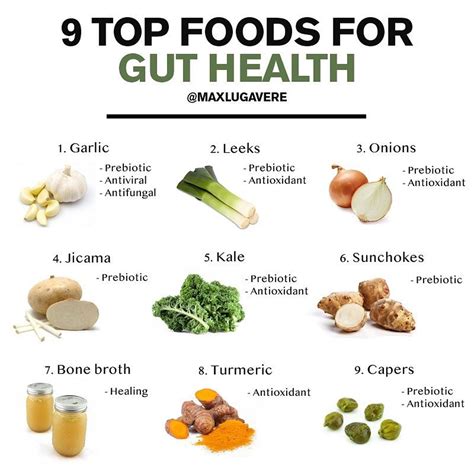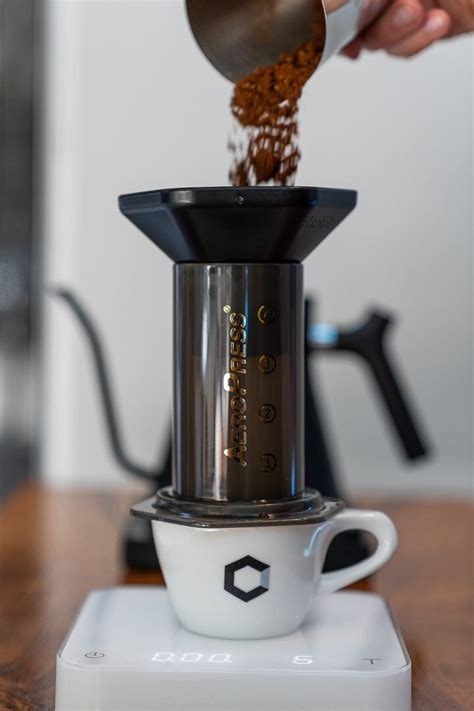Best Foods for Gut Health
Gut health impacts most aspects of our health, from hormones to breakouts. It’s understandable that we’d forget about our guts. That’s until you feel symptoms like uncomfortable bloating and ongoing digestive issues. If you’re like us, you’re always curious about crafting a more mindful approach to caring for the internal system you can’t see but […] The post Gut Check: Best Foods for Gut Health appeared first on HUM Nutrition Blog.

Gut health impacts most aspects of our health, from hormones to breakouts. It’s understandable that we’d forget about our guts. That’s until you feel symptoms like uncomfortable bloating and ongoing digestive issues. If you’re like us, you’re always curious about crafting a more mindful approach to caring for the internal system you can’t see but has such an instrumental impact on your health. Where do we begin? The simple answer: start with your diet.
“We are learning more and more every day about the impact the gut has on all aspects of health from hormones to brain function,” Dr. Kate Denniston, ND naturopathic doctor and founder of Los Angeles Integrative Health, tells us. “There are actually more microbial cells than human cells in your body. Most of these microbes come from the gut microbiome.”
Pretty cool, right? So, how do those cells impact our gut health? “These microbes largely impact our immune function, the extraction and manufacture of nutrients from food, our hormones, mood, and even our brain health.” We don’t want this information to overwhelm you, but the more you know, the better prepared you are to keep your gut at its best.
Let’s get into the best foods for gut health that can help us on this journey.
Fiber Filled Foods are the Key
“Most Americans consume half of the fiber that we need for a healthy gut,” Denniston shares. This is quite unnerving, considering the importance of fiber to our overall health. However, there are guidelines that can be reached whenever you’re ready to add more fiber to your daily routine. “Most people should be consuming about 25-30 grams of fiber per day to feed the good bacteria and keep the gut microbiome healthy,” she advises.
Getting enough fiber and feeding your gut good bacteria can also impact food sensitivity. How? “If we don’t have enough good bacteria to keep the gut lining healthy, we can become sensitive and react to certain foods. So, while the foods may seem like the problem, the issue really is an imbalance of gut bacteria. Once the gut microbiome is supported, people tend to react less to certain foods.”
Beans
“Beans are underrated superfoods for the gut microbiome,” Denniston shares. Beans are also a great way to get your daily dose of fiber! Why? “Beans contain a special type of fiber that feeds the good bacteria in the gut,” she tells us. “Research shows that beans increase good bacteria in the gut and support a healthy gut lining.” Additionally, beans support the strength of the gut lining and help prevent a “leaky gut.”
While beans do feed good bacteria in the gut, they’re often linked to bloating and gas. There are a few remedies to combat this. First, soak and cook the beans before you eat them. Additionally, remember to rev up your water intake and add a supplement like Flatter Me to your post-meal mix to help reduce bloating and support digestion.
Bananas
Bananas are known for everything from fueling the body with potassium to soothing an upset stomach. The fruit’s ability to soothe the gut is thanks to its high pectin content. Additionally, this soluble fiber-rich fruit helps with digestion, can even lower cholesterol, and helps improve blood sugar levels in addition to reducing bloating.
Berries
Berries aren’t only tasty but are among the best foods for gut health because they contain abundant polyphenols. What are polyphenols? It’s a plant compound with antioxidant properties that studies show help reduce inflammation. Blueberries, raspberries, blackberries, and strawberries are all rich in polyphenols and create what Denniston calls feed good bacteria in the gut like Akkermansia muciniphila [a mucin-degrading bacterium found in the gut]. “Through their impact on certain beneficial bacteria, these foods improve metabolism, blood sugar regulation, and the health of the gut lining.”
Pomegranate Seeds
Pomegranate seeds are another polyphenols-rich food on Denniston’s list because, like berries, they offer beneficial bacteria, improve metabolism, and provide blood sugar regulation. With all those benefits, we can’t forget to mention the antioxidants layered into these tiny seeds, offering protection from free radicals, which can contribute to many chronic diseases.
Asparagus
Asparagus is a prebiotic food. What does this mean? The green veggie can help keep the good bacteria in your gut and a healthy microbiome balance. Add a little olive oil to a pan alongside garlic (also a gut-loving food), and you have a gut-healthy side dish in minutes.
Beets
In all their rich purple-hued glory, beets are abundant in fiber, which Denniston says is essential for supporting gut health. Additionally, beets are rich in glutamine, an amino acid that studies find helps reinforce the gut microbiome and gut mucosal wall integrity while regulating inflammatory responses.
Kimchi
Fermented cabbage, better known as kimchi, is always at the top of the list of goods to promote optimal gut health. Because fermentation provides postbiotics—non-living metabolites—that help maintain a balanced microbiome, leading to optimal digestive health. You can eat kimchi with everything from scrambled eggs to a veggie-filled rice bowl. The meal options are endless.
Quinoa
Quinoa became a buzzy grain as social media wellness grew. And, unlike some things that become popular overnight, this grain is the real deal when it comes to being among the best foods for gut health. Studies find that quinoa provides an excellent source of protein and packs fiber and magnesium, making it optimal for maintaining a balanced gut.
How long does it take to see the benefits of adding gut-enriching foods to the body?
“The gut microbiome reacts pretty quickly when introducing new foods,” Denniston tells us. “So you may start to see benefits in just a few days. However, healing the gut lining may take up to a couple of months to see the full benefits.”
Final Takeaway On healthy Foods for Your Gut…
Increasing fiber is the way to a healthier gut. And food is the best way to start to make that change! As you increase your fiber with foods like broccoli, oats, quinoa, Brussels sprouts, sweet potatoes, beets, and bananas, Denniston advises doing so slowly to give your microbiome time to adjust. Be sure to take HUM’s Gut Instinct to help achieve a more balanced gut in addition to consuming gut-friendly foods.
The post Gut Check: Best Foods for Gut Health appeared first on HUM Nutrition Blog.

 mainadmin
mainadmin 










